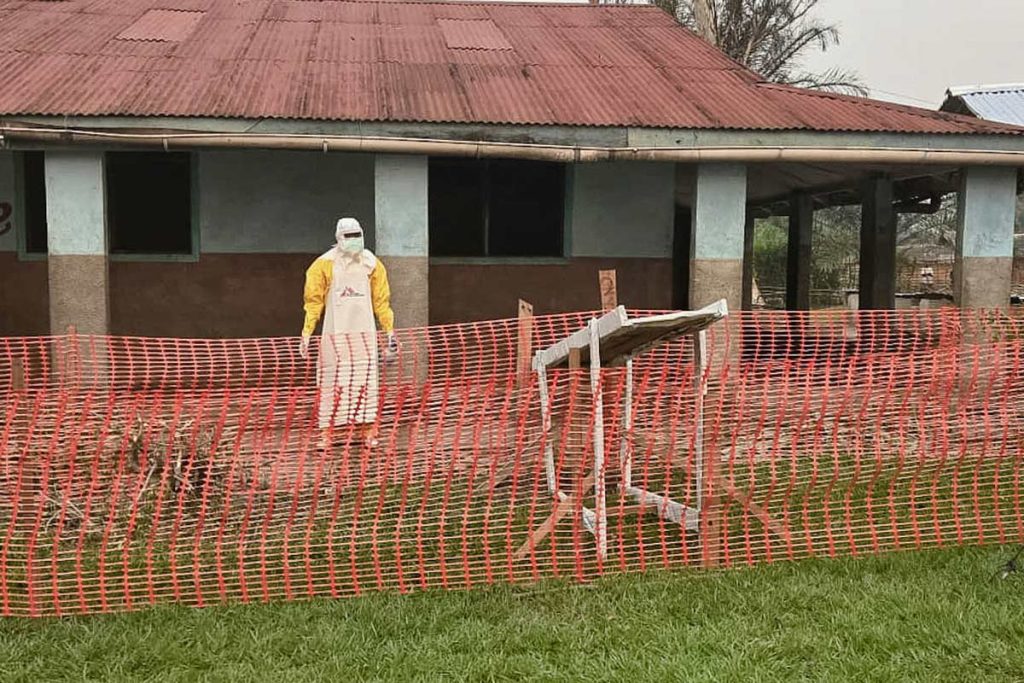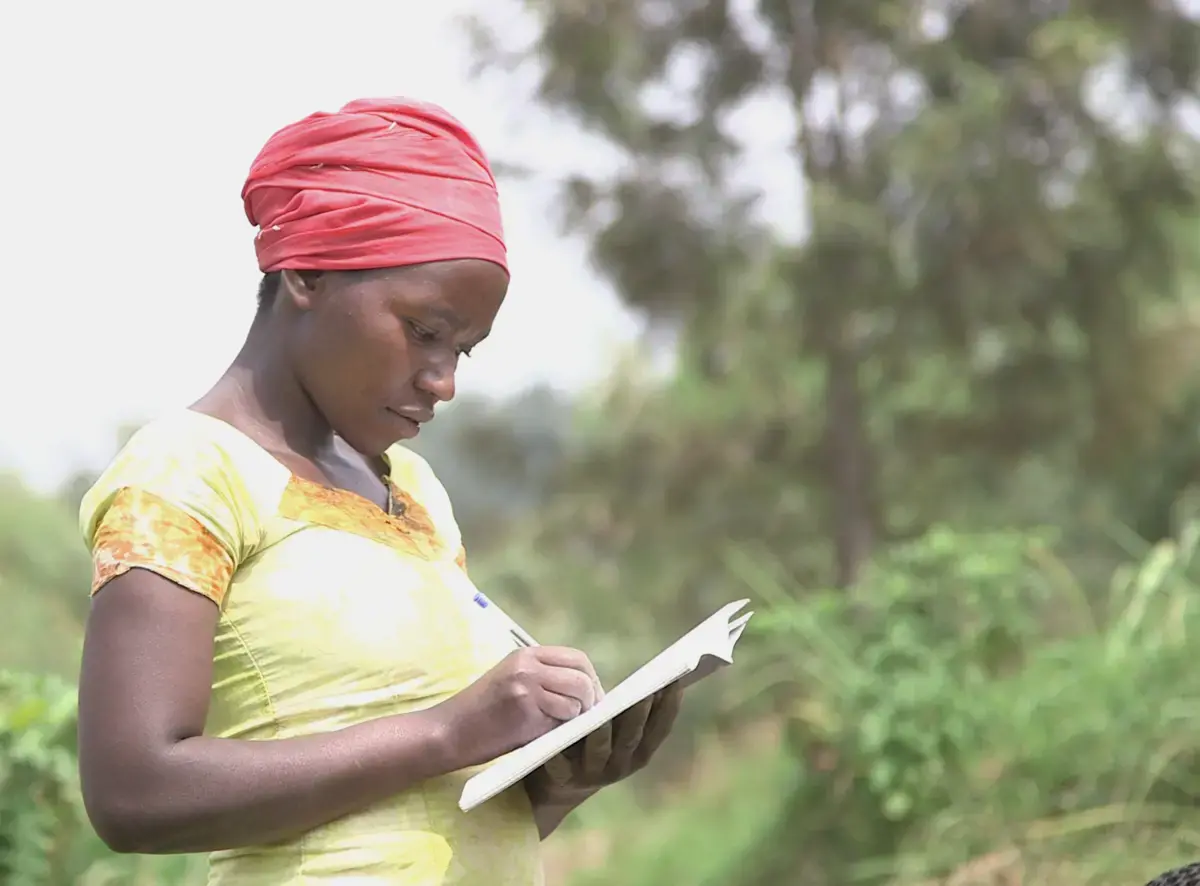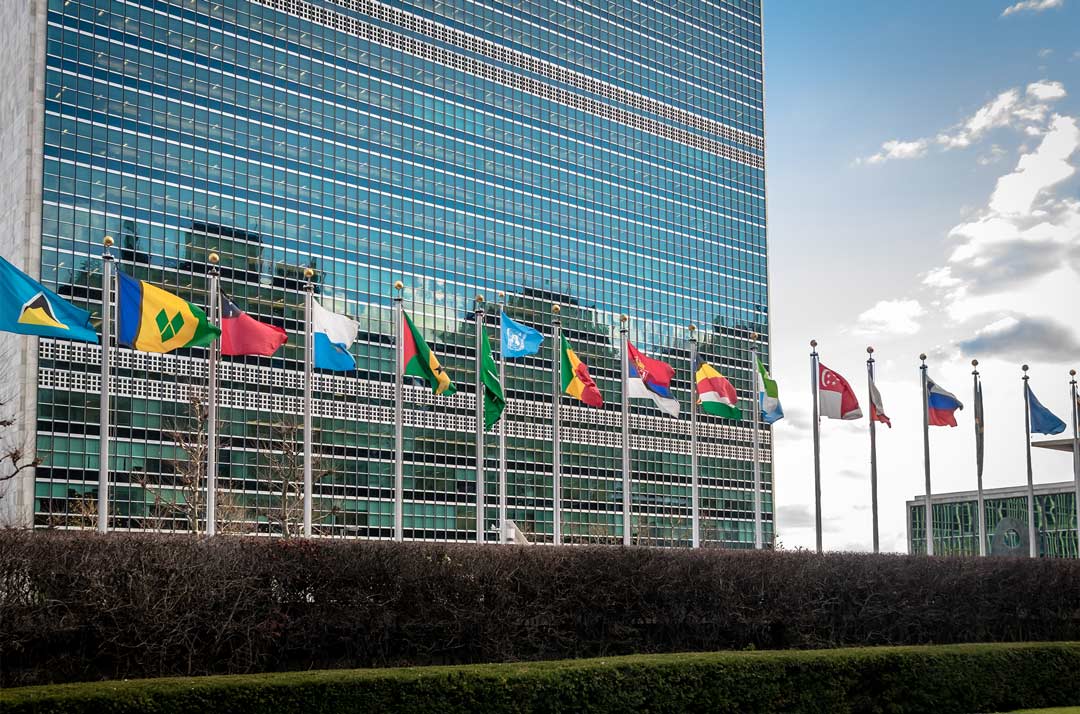by Elijah Nsikak
The Democratic Republic of the Congo (DRC) has declared a new Ebola outbreak in Kasai Province, this time caused by the deadliest strain—Zaire Ebola virus.
The outbreak began on 20 August 2025, when a 34-year-old pregnant woman was admitted to hospital in Kasai. She died five days later, and two health workers who treated her were also infected and died. By 15 September, health authorities reported 81 confirmed cases and 28 deaths, including four health workers, according to Gavi, the Vaccine Alliance.
The Ministry of Public Health, the Institut National de la Recherche Biomédicale, the Red Cross, and WHO are coordinating a rapid response. The IFRC estimates over 680,000 people are at immediate risk, with 2 million more in extended risk zones due to population movement toward Tshikapa.
Why Health Authorities Are Alarmed
The DRC has weathered 15 prior Ebola epidemics, including the 2019 outbreak—the second largest in history—and another in 2022. Genetic sequencing suggests the current outbreak is a new spillover from animals to humans, not a continuation of past outbreaks. Fruit bats remain the virus’s natural host, but transmission often accelerates through human-to-human contact, particularly in families, hospitals, and funerals where bodies are washed or touched.
Ebola’s death rate can reach 50–90% without early treatment. During the 2014–2016 West African epidemic, more than 28,000 people were infected and 11,000 died, including 800 health workers, two-thirds of whom lost their lives. The DRC now faces multiple concurrent crises—mpox, cholera, measles, and ongoing armed conflict—stretching already fragile health systems.
Ebola Vaccines and Containment Measures
There’s hope this time: Ervebo (rVSV-ZEBOV), which demonstrated 100% effectiveness in clinical trials when given immediately after exposure, is being deployed. WHO has shipped 400 doses, with more en route. Ring vaccination—targeting contacts of confirmed cases—is underway, alongside frontline worker immunizations.
Real-world data show 84% effectiveness during the last DRC outbreak. But vaccination campaigns face logistical hurdles: cold storage requirements, difficult terrain, and insecurity in conflict zones. Safe burial practices, robust contact-tracing, and early isolation remain essential to stopping transmission.
Global Stakes
Kasai’s relative remoteness might slow initial spread, but its proximity to Tshikapa city and Angola, where cross-border trade is frequent, raises concern. Weak hospital capacity (15 beds in the nearest isolation unit) and road access requiring three days from Kinshasa highlight how fragile health systems can be overwhelmed.
This outbreak is a reminder: pathogens don’t respect borders. Funding, strong health systems, and community trust are critical. The world has tools—vaccines, field hospitals, and proven containment strategies—but success depends on rapid action, sustained resources, and global solidarity.
Have you read?





